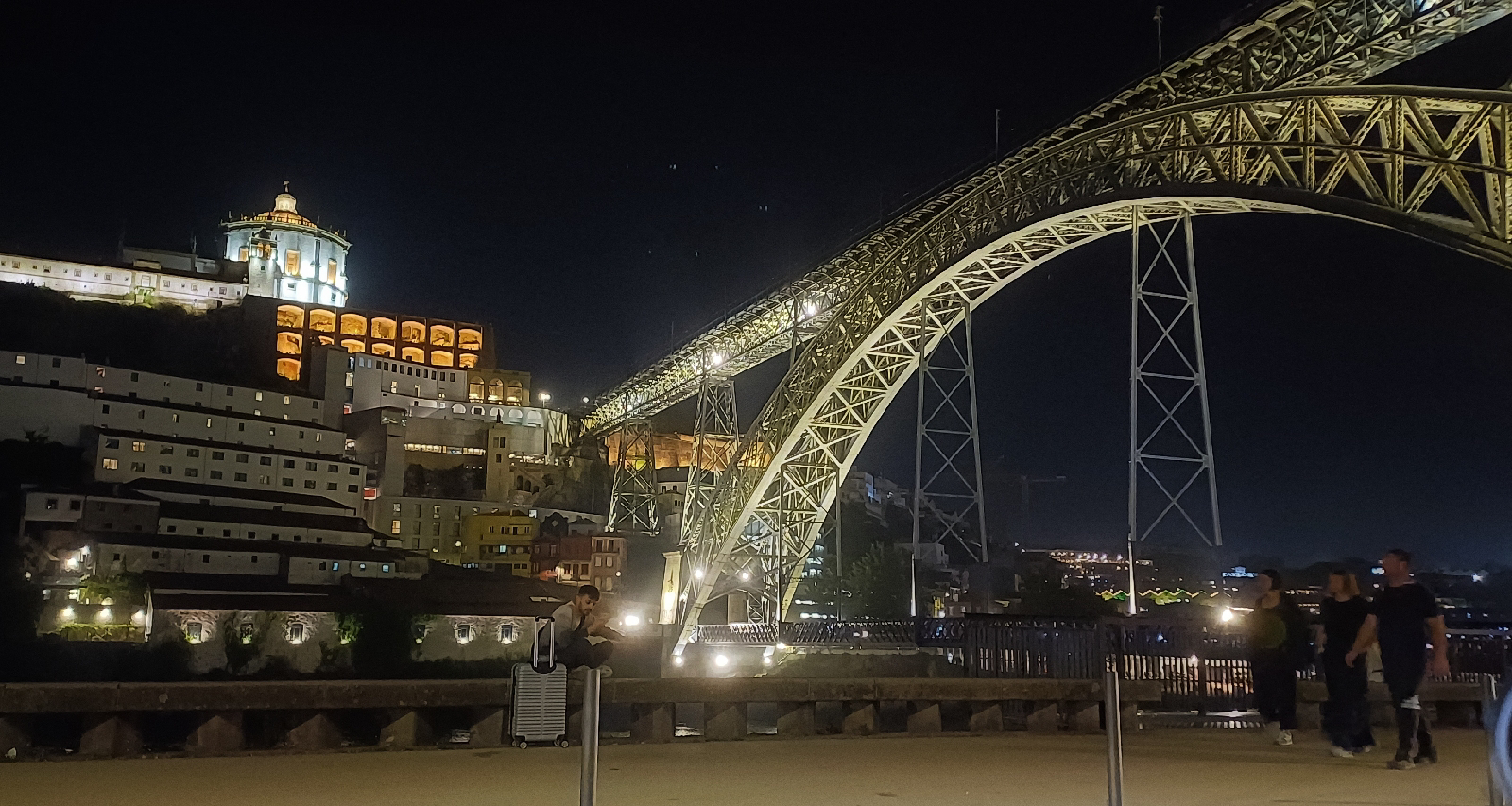The Roman Galleries of Lisbon
 |
| The Roman Galleries of Lisbon |
The Roman Galleries of Lisbon are one of the traces of the Roman presence in the city.
Discovered in 1771, the galleries consist of a complex of underground corridors and water deposits built in the 1st century AD by the Romans. They were used to transport and store water in the city.
Currently, Lisbon's Roman Galleries can be visited by appointment and offer visitors the opportunity to learn a little more about the city's Roman history.
Discovered underground in downtown Lisbon in 1771, following the 1755 Earthquake, this Roman structure corresponds to a cryptoporticus, an architectural solution that created, in a sloped area with little geological instability, a horizontal platform to support the construction of large buildings. size, normally public.
The presence of an inscription dedicated to Aesculapius, the god of Medicine (currently in the National Archeology Museum), confirms the public nature of the building to which the inscription belonged. Engraved on one side of a limestone block and dated to the 1st century AD. C., the Roman inscription is made in the name of two priests of the imperial cult and the Municipality of Felicitas Iulia Olisipo, the name then given to Lisbon.
At the beginning of the 20th century, these galleries were known as «Conservas de Água da Rua da Prata», as they were used by the population as cisterns. When they are closed, the Galleries are submerged in a level of water approximately one meter high, coming from groundwater that runs underground in Lisbon, therefore requiring a water pumping, cleaning, lighting and cutting operation. of traffic on public roads so that access can be carried out safely.
The Lisbon Museum only opens these galleries at two times of the year (April and September), as it is necessary to maintain the relative humidity and water levels inside the building, which are essential for its preservation.
Visits to the Roman Galleries are possible thanks to the combined efforts of Lisbon City Council, EGEAC, the Lisbon Museum, the Firefighters Regiment, the Municipal Police, the Lisbon Archeology Center, the Municipal Directorate of Mobility and Transport , Electrical and Mechanical Services and also the Santa Maria Maior Parish Council.


Comments
Post a Comment